When you are constructing a new home or remodeling an existing one, it is challenging to shop for building supplies.
In addition to your intended designs and budgetary constraints, you must also check the quality of the materials you select. For example, if you are acquiring marble or ceramic floor tiles for your house, there are a few field tests you may conduct to verify the quality of the tiles on the site.
Because tile flooring is not exactly affordable, it is important to avoid purchasing subpar marble or ceramic tiles for your home. To aid you, we’ve compiled a series of fast tests that will allow you to determine whether the product you’re considering purchasing is of excellent quality.
Before discussing how to inspect the quality of marble and ceramic tiles, however, let’s take a quick look at the characteristics of these two common flooring materials. How to assess ceramic tile quality before purchase?
- Ceramic flooring is an excellent option for homes due to its resistance to scratches and durability.
- These are some of the things you can look for on the website to determine the ceramic tile’s quality and ensure its durability.
- Each ceramic tile’s hue and texture must be uniform. As previously stated, the patterns and designs may evolve.
- The dimensions of each tile must be precisely square or rectangular, with straight and uniformly thick edges.
- Glazing and finishing must be flawless, with no flaws, cracks, or scratches.
- The surface of a ceramic tile can also be scratched to determine its quality.

Pay close attention to uneven surfaces and chipped edges. Placing ceramic tiles on a level surface is the most effective method for determining their quality. If the tiles are distorted or have some degree of curvature, they will not lie flat.
The diagonals of ceramic tiles should be measured. They should be of identical length. The typical ceramic tile thickness is 5 mm. If they were thinner, they may easily shatter depending on the use. Submerge ceramic tiles in water for one day.
They should absorb no more than 10% of their dry weight in water. Check the condition of the tiling’s glazing using a standard household cleaning product. Thus, these were the fundamental criteria for judging the tile’s quality. You may also review our list of inexpensive solutions for cleaning floor tiles to make them appear brand-new.
The tile selection process for any remodeling can be both exciting and daunting. Even if ceramic floor tiles are exactly what you’re looking for, the range of colors, designs, and sizes can bewilder even the most determined consumer. Additionally, it may be difficult to determine the tile’s quality.
Choosing the design begins with the selection of the proper ceramic floor tile for the desired purpose. By selecting the proper Porcelain Enamel Institute (PEI) grade, water absorption, friction, and frost ratings, ceramic tile of a certain quality may be identified thanks to testing and categorization.
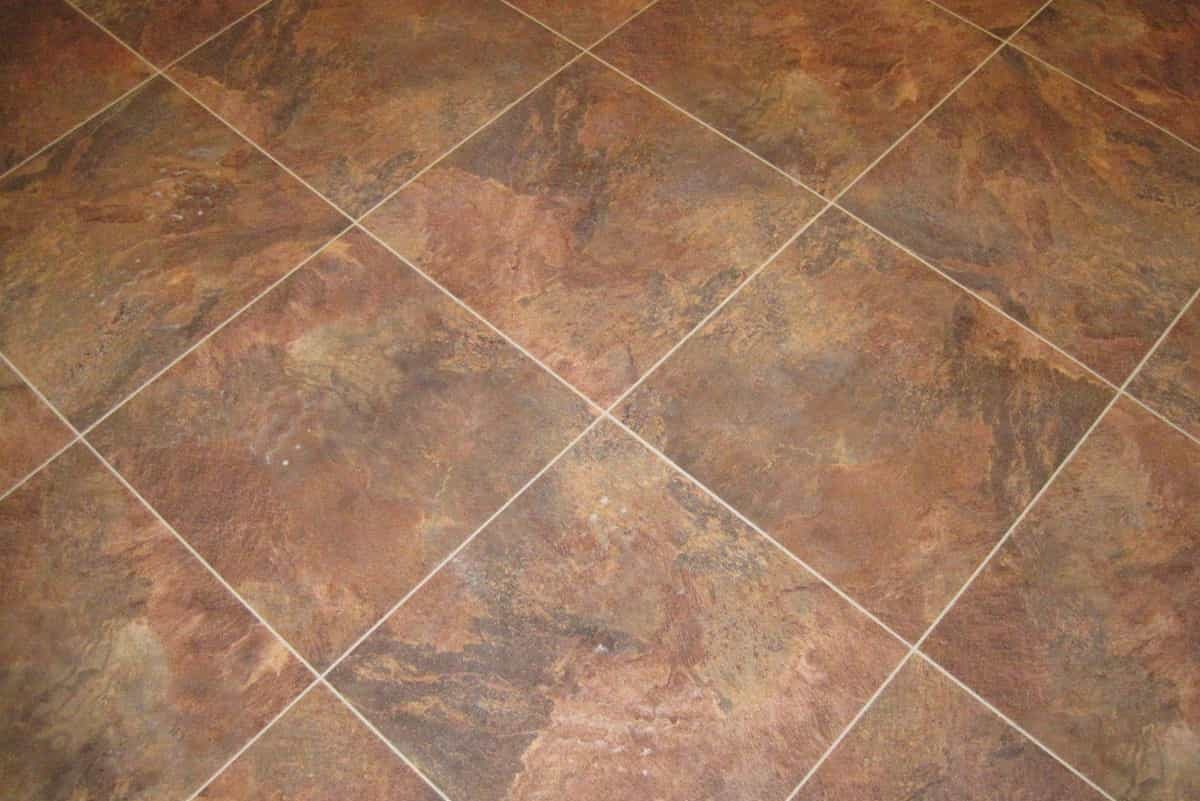
Quality of ceramic floor tile manufacture
According to Architect Magazine, ceramic tile is composed of natural clay, feldspar, grog, rock, and other granular components.
Before the components are blended with water, they are filtered and sieved. After being dry-pressed and put into molds at around 5,000 pressures, they are wire-cut. Then, they are roasted at 250 degrees Fahrenheit to dehydrate them fully.
After that, they are painted and torched. After completion, they undergo quality control using criteria defined by the American Society for Testing and Materials (AMSTM).
Ceramic tile must be evaluated for its tensile strength, abrasion resistance, chemical resistance, water absorption, dimensional stability, thermal expansion, slip resistance, and frost resistance according to Intouch Quality’s interpretation of AMSTM’s quality control criteria.
Ceramic tiles must pass a “resistance to chemical compounds” test before being allowed for use in bathrooms, flooring in homes and businesses, and other areas where people will be handling chemicals or preparing food.
In this test, color alterations and other reactions to acids and alkalis such as potassium hydroxide and chloride acid are evaluated. In addition, tests will be undertaken on the breaking strength and scratch resistance of unglazed ceramic tiles. The force necessary to break the tile is used to determine its breaking strength, which is measured in pounds using a pressure gauge.

Frequently, the scratch resistance of unglazed floor tiles is assessed by producing deep abrasions in the tile with a rotating disk. To identify the grade of the ceramic tile, it must meet specific quality control standards.
- Categories of ceramic tile
Ceramic and porcelain tile grades are used to categorize and assess tile durability and scratch resistance. As previously, the accuracy of these tile grades is dependent on data from the production process quality control methods.
The method, known as the Porcelain Enamel Institute (PEI) grading, was developed to better efficiently classify and evaluate available ceramic and porcelain tiles.
Although porcelain tile quality differs from ceramic tile quality in various ways, the PEI scale is used to grade both types of tiles. On a scale from 1 to 5, the PEI classification spans from PEI I, the softest, to PEI V, the toughest.
The scratch resistance of the tile enamel is utilized to derive PEI ratings. A device known as “rotary abrasion resistance testing equipment” is used to drag steel ball bearings across the surface of the tile. The grade is calculated by calculating the number of revolutions the machine must complete before a detectable scratch form on the tile.

- The PEI Ratings System
Each grade specifies the intended use of the tile. PEI tiles are exclusively meant for use on walls and backsplashes; foot traffic is prohibited on them.
Since they are more prone to scratches and fractures, the softest ceramic tiles require more frequent maintenance to resist wear and tear. PEI II tiles are more durable than PEI I tiles and can be used for walls and flooring in areas with less foot traffic, such as restrooms.
In addition to countertops and walls, ceramic tiles from PEI III may be used for flooring. Even though PEI III tiles are versatile, they are not recommended for commercial use. They are ideal for domestic use. PEI IV tiles are more durable and versatile than PEI III tiles, making them suitable for use on walls, floors, and in some commercial applications.
Last but not least, PEI V tiles are often too unattractive for residential usage and work best in business environments. These tiles are the most durable and durable, making them ideal for commercial environments with significant foot traffic.
- Rates of Water Absorption in Ceramic Tile
Water resistance is also a consideration in the quality of ceramic tile.
According to Build Direct, according to AMSTM criteria, ceramic tiles undergo a water absorption test in which they are cooked in water and weighed to determine their water absorption weight relative to their dry weight.
Based on the degree of water absorption, the tiles are then categorized as non-vitreous, semi-vitreous, vitreous, or impermeable. Non-vitreous tiles have an absorption rate of 7 percent, whereas semi-vitreous tiles absorb between 3 and 7 percent of the water.
Home Depot discourages the use of these grades of ceramic tiles in outdoor or other high-moisture applications. Due to the higher air humidity and water use, vitreous tile with an absorption rate of 0.5 to 3 percent and impermeable tile with an absorption rate of 0.5 percent are recommended for outdoor use and bathrooms.

- Frost Ratings in addition to Slip Ratings.
The slip rating, also known as the coefficient of friction (COF) rating, is utilized to categorize how slippery the tile is.
This is another grade to consider when shopping for floor tiles to use in a bathroom or other high-moisture environment.
The COF rating represents the force necessary to move one surface horizontally across another and the pressure resulting from that movement. According to Home Depot, the coefficient of friction (COF) rating goes from 0 to 1, with lower values indicating slicker tiles and higher values indicating tiles with greater traction.
For household use, it is recommended to search for ceramic floor tiles with COF values better than.50; for commercial use, COF ratings greater than.60 are required. Its frost resistance rating indicates the ceramic tile’s ability to withstand freezing and thawing conditions. Frost may cause damage to ceramic tiles, according to Build Direct, when absorbed moisture freezes and expands, causing strain inside the tile, depending on the tile’s porosity and water absorption levels.
Frost resistance is a vital characteristic to consider when shopping for ceramic tiles intended for outdoor use in places where temperatures may drop below freezing.
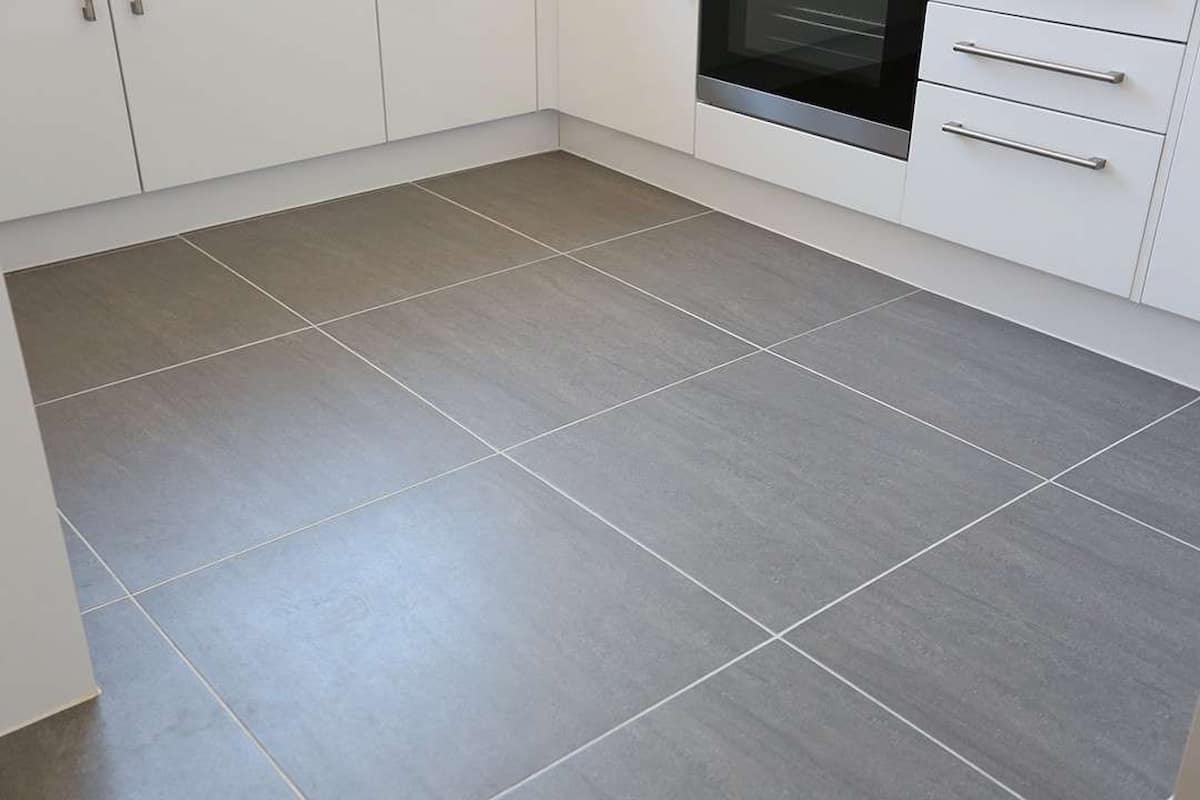
Those designated “EN 202 Passed” have endured 50 cycles of freezing and thawing at 23 and 41 degrees Fahrenheit, and those marked “ISO 10545-12 Passed” have endured 100 cycles. 15 cycles of freezing and thawing between -0.4 degrees Fahrenheit and 50–60 degrees Fahrenheit have been resisted by Astm c1026 Resistant tiles.
- Selecting Ceramic Tile of Superior Quality
Because there are so many aspects to consider, like color, size, form, material, and quality ratings, getting the ideal tile for your design goes beyond locating the highest-quality tile brand. The quality of ceramic floor tiles varies based on their intended use.
Home Depot recommends remembering that floor tiles are typically between 1/2 and 3/4 inches thick while shopping for them. Not all items have PEI, water absorption, COF, and frost values mentioned. Many just list the areas in which the tile will be installed, such as the kitchen, baths, walls, or corridors.
The easiest way to judge the quality of ceramic floor tiles is by examining its intended application and carefully reading the specifications. The fun may begin when you begin experimenting with color, pattern, and design after selecting tiles with the proper quality ratings for the intended location.
Continue browsing our website to discover more about the variety of residential building materials and flooring options. Please feel free to voice any issues or queries.






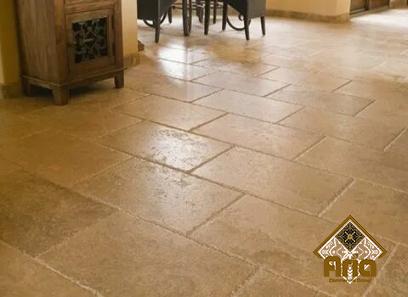

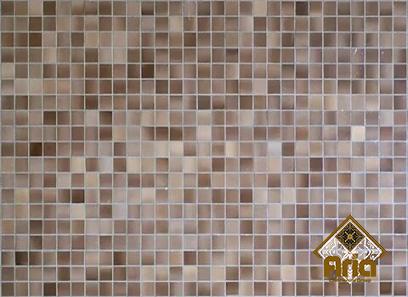


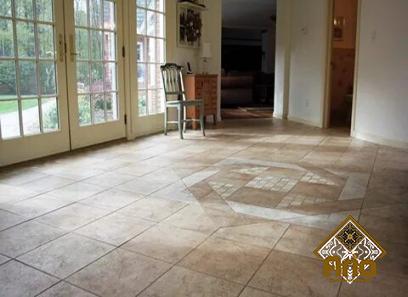
Your comment submitted.